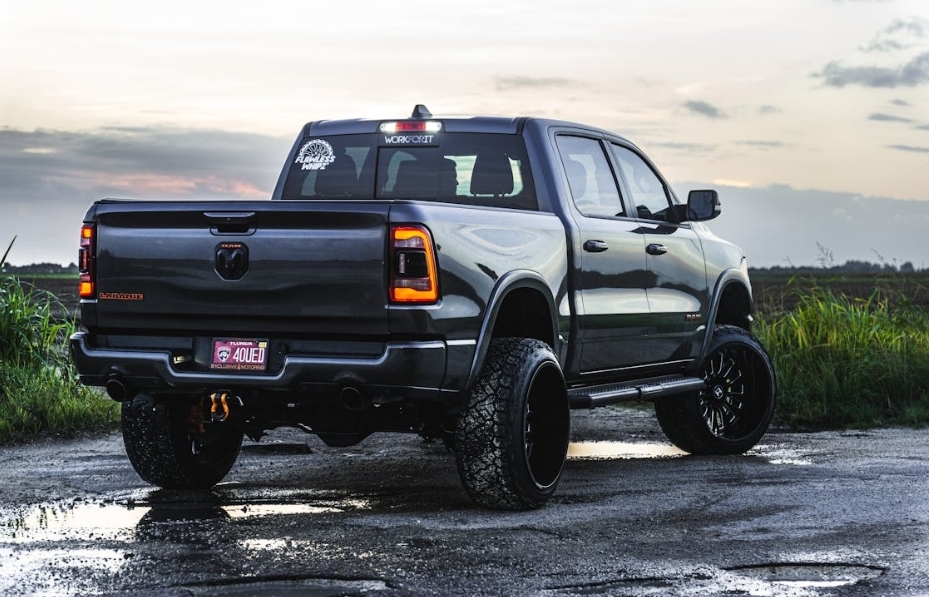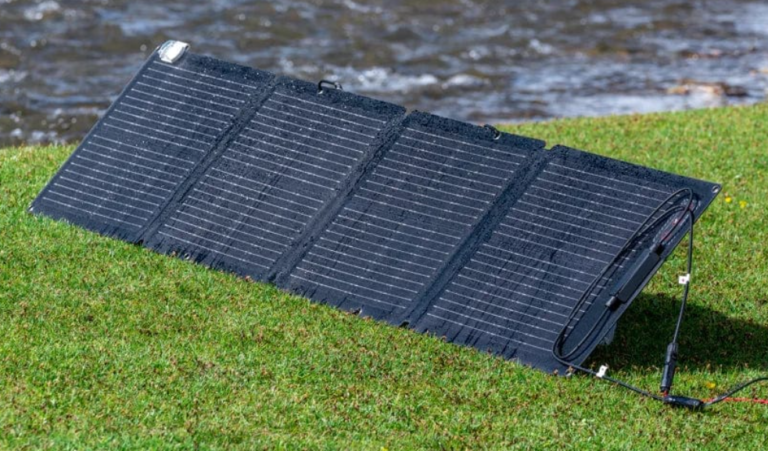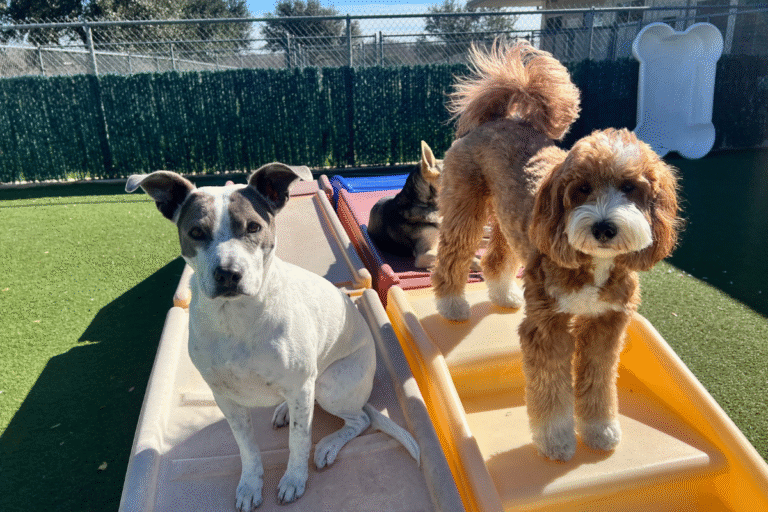How to Weatherproof Your Ute Without a Canopy
There’s something about keeping things simple. Not everyone wants a canopy bolted to the back of their ute. Maybe it’s the look, the cost, or just the hassle. Either way, going without a canopy doesn’t mean leaving your gear at the mercy of the weather. With the right setup, you can still hit the road confidently—rain, hail, or shine.
Think About the Basics First
Start with a clear plan. What needs protection? What’s staying in the tray? What can ride inside the cab? It helps to split gear into two groups:
- Must stay dry – tools, clothes, sleeping gear, food
- Can handle some weather – recovery gear, fuel cans, water containers
Once you know what you’re working with, you can sort out the right covers and containers.
Use a Quality Tonneau Cover
Tonneau covers vs canopy may sound like a debate for some off-road drivers. But really, in the absence of the latter, a tonneau cover is the next best thing. It keeps rain off your gear and stops dirt from blowing in. It also cuts down wind drag, which helps on long drives. Some covers can be folded or rolled back, giving you full access to the tray when needed.
Just make sure the seal is tight around the edges. If water finds a gap, it’ll find a way in. Go for something that latches securely and won’t flap around in the wind.
Invest in Storage Boxes
A good ute box is worth its weight. Lockable, sealed, and tough as nails. Aluminium boxes, plastic tubs, and marine-grade lockers all do the job. Make sure they’re waterproof or close to it. Foam or rubber seals make a big difference. In addition, check how they sit in the tray. Some boxes have raised bases that stop water pooling around the edges, while others have bolt-in mounts or tie-down points.
Use Rubber Seals and Gaskets
Water sneaks in through the smallest gaps. Tailgate edges, tray corners, even under the liner. Adding rubber seals around the inside edge of the tailgate helps block out dust and spray. Some people use automotive door seals or adhesive-backed foam strips. For extra protection, throw in a tailgate seal kit. It doesn’t cost much, but it keeps the tray drier than you’d expect.
Tarps Still Work—If You Do It Right
A heavy-duty tarp and some bungee cords can still save the day. They’re cheap, flexible, and easy to pack away. However, they only work well if you secure them tightly. Loose corners flap in the wind. And if water pools in the centre, it’ll eventually leak through.
Lay the tarp flat. Use hooks, rope, or cargo nets to keep it in place. If you’re expecting a proper downpour, double-layer it or throw a few flat boards underneath to stop sagging.
Line the Tray Properly
A bare-metal tray gets hot, stays wet, and wears down gear fast. Tray liners or rubber mats help with all three. They reduce water pooling and stop boxes from sliding around. Some even add a bit of insulation, which is handy for sensitive gear.
If water does sneak in, liners help it drain away faster. Just avoid anything that traps water underneath, such as cheap foam inserts or loose carpet.
Don’t Forget the Drainage
It’s easy to forget the tray’s supposed to let water out, not keep it in. Check the drainage points regularly. Leaves, dirt, and gear can block them up. If your tray doesn’t have drain holes, think about drilling a couple—just be smart about where. A blocked tray fills up fast. And once water’s in, it stays there longer than you’d think.
Keep an Eye on the Forecast
No one likes getting caught out by surprise weather, but it happens. When heading off-road or out bush, it’s worth checking the forecast and packing accordingly. If it’s looking wet, throw in some extra bags, tarps, or covers. Even zip-lock bags or plastic wrap can keep smaller items dry inside storage boxes.
Double-Bag the Essentials
Things like clothes, electronics, and bedding need extra care. Even with a good cover, water can sneak in during river crossings or long rain spells. Use dry bags, vacuum bags, or roll-top duffels. Seal them properly, and stash them in raised bins or tubs. This simple step can be the difference between a clean, dry setup and a soggy mess at camp.
Not Everything Needs to Be Covered
Some gear is made to get dirty. Shovels, jacks, fuel containers—these can sit exposed if secured properly. Don’t waste time trying to baby everything. Focus on protecting what really matters.
The Fix Isn’t Always Fancy
Sometimes, smart packing beats big upgrades. Even without a canopy, a ute can still hold its own against the weather. With the right gear, a bit of prep, and a smart layout, it stays clean, dry, and ready for anything. The idea isn’t to overthink it—just stay one step ahead of what the weather might throw your way.








